In the development of Vietnamese history, the land of Thuan Hoa - Phu Xuan - Hue has a quite important position. Recent archaeological discoveries show that people have lived on this land for a period of about 4,000 to 5,000 years. In particular, relics such as stone axes and pottery found in Phu O, Bau Dung (Huong Chu, Huong Tra) date back about 4,000 years. Stone axes discovered in many different areas, especially in the communes of Hong Bac, Hong Van, Hong Ha, Hong Thuy, Bac Son (A Luoi district), Phong Thu (Phong Dien) date back about 5,000 years.
Hue Imperial City. Illustration photo
The important archaeological site associated with the Sa Huynh culture was first discovered in Thua Thien Hue in 1987, the Con Rang site (La Chu, Huong Tra) showing that the owners of this culture had reached a high level of material and spiritual life about 2,500 years ago. The mark of this culture was also found in Cua Thieng (Phu Oc, Tu Ha, Huong Tra) in 1988. Along with the Sa Huynh culture, scientists also found traces proving the presence of the Dong Son culture in Thua Thien Hue. The evidence is the type 1 bronze drum discovered in Phong My, Phong Dien in 1994. This is one of the unique relics of the ancient Vietnamese culture.
According to ancient documents, thousands of years ago, Thua Thien Hue was the residential area of many different cultural communities. Legend has it that during the formation of the Van Lang - An Lac State, Thua Thien Hue was a land of the Viet Thuong tribe. At the beginning of the period of Chinese domination, this land belonged to Tuong Quan. In 116 BC, Nhat Nam district was established to replace Tuong Quan. After Ngo Quyen's historic Bach Dang victory (938), Dai Viet gained independence. After many centuries of development, Thua Thien Hue became the intersection between two great cultures of the East and the culture of the indigenous people. With the prophecy "Hoanh Son Nhat Dai, Van Dai Dung Than" (one strip of Hoanh Son, can be safe forever), in 1558, Nguyen Hoang asked to guard Thuan Hoa land, starting the career of the Nguyen lords.
From here, the development process of Thuan Hoa - Phu Xuan land is closely linked to the career of 9 Nguyen lords in Dang Trong. After 3 centuries since returning to Dai Viet, Thuan Hoa was a battle zone for power between Dang Trong and Dang Ngoai, with little time of peace, so there were no conditions to form bustling urban-style residential centers. The birth of Hoa Chau citadel (around the end of the 15th century, beginning of the 16th century) probably only existed for a short time as a defensive citadel, not yet a place for urban activities of Thuan Hoa at that time. It was not until 1636, when Lord Nguyen Phu Lan moved the palace to Kim Long, that the urbanization process in the history of formation and development of Hue city later began. More than half a century later, in 1687, Lord Nguyen Phuc Thai moved the main office to Thuy Loi village and changed its name to Phu Xuan (in the western position of the current Hue citadel), continuing to build and develop Phu Xuan into a prosperous urban center of Dang Trong. Although at one point, the Lord's Palace moved to Bac Vong (1712-1723), when Vo Vuong ascended the throne, he moved the main office to Phu Xuan and built it on the "left side of the old palace", which is the southeast corner of the current Hue citadel.
The grandeur and majesty of Phu Xuan citadel under Nguyen Phuc Khoat's reign was described by Le Quy Don in "Phu Bien Tap Luc" in 1776 and in "Dai Nam Nhat Thong Chi" as a prosperous urban area stretching along both banks of the Huong River Delta, from Kim Long - Duong Xuan to Bao Vinh - Thanh Ha. Phu Xuan was the capital of Dang Trong (1687-1774), then became the capital of the unified Dai Viet under the reign of King Quang Trung (1788-1801) and finally the capital of Vietnam for nearly 1.5 centuries under the Nguyen Dynasty (1802-1945). Phu Xuan - Hue, Thua Thien Hue became an important political, economic, cultural and artistic center of the country during those historical periods.
In 1858, the French-Spanish coalition opened fire on Da Nang, opening the way for the French colonial invasion, followed by the American imperialists jumping into Vietnam. Together with the whole country, the people of Thua Thien Hue went through two resistance wars against foreign invaders to gain peace, independence and national unification with countless heroic feats and stories.
From the years of French rule until the day the country was completely unified (1975), Thua Thien Hue continuously had strong and fierce patriotic struggles. This land was the gathering place of many revolutionaries on the way to save the country. Phan Boi Chau, Phan Chu Trinh and many other patriotic figures once worked here. Also in this place, the young man Nguyen Sinh Cung (ie Nguyen Tat Thanh - President Ho Chi Minh) lived for nearly 10 years of his youth before going to the South to find a way to save the country. In 1916, the Vietnam Restoration Association organized an uprising on a large scale in many provinces, and King Duy Tan came out to join the uprising. This is the cradle of the revolutionary movement, the place that trained talents, outstanding leaders of the Party and State, political, social and scientific activists such as Le Duan, Pham Van Dong, Vo Nguyen Giap, Tran Phu, Ha Huy Tap, Nguyen Chi Dieu, Phan Dang Luu, Hai Trieu, Nguyen Khanh Toan... In July 1929, the provincial committee of the Indochinese Communist Party of Thua Thien Hue was established, then in early 1930, the provisional provincial committee of the Indochinese Communist Federation was born. In April 1930, these two organizations united into the Thua Thien Hue Provincial Committee of the Communist Party of Vietnam to lead the people to wage the resistance war for national liberation. On August 23, 1945, with the spirit of the "August Revolution", the people of Thua Thien Hue rose up to overthrow the Nguyen Dynasty. On August 30, 1945, the people here represented the whole country to witness the abdication ceremony of King Bao Dai, marking the end of the last feudal dynasty in Vietnamese history, opening a new era of development for the nation.
During the resistance war against French colonialism, places like Duong Hoa, Hoa My... were places that marked many glorious victories, resounding throughout the country. During the 21-year resistance war against American imperialism, Thua Thien Hue was one of the three leading flags of the people's war in the South, for the cause of national liberation. On March 26, 1975, Thua Thien Hue was completely liberated, making an important contribution to the cause of liberating the South, unifying the Fatherland, and building socialism with the whole country.
Overcoming post-war difficulties, Thua Thien Hue has made constant efforts to catch up with the development pace of the whole country. The lessons of success and limitations have all crystallized into the determination and luggage for Thua Thien Hue to enter the era of innovation with all the confidence and determination to build a more decent and beautiful homeland, worthy of the efforts of our ancestors who have worked hard to build this heroic but also very splendid land with cultural features imbued with national identity and a complex of relics recognized as cultural heritage of humanity.


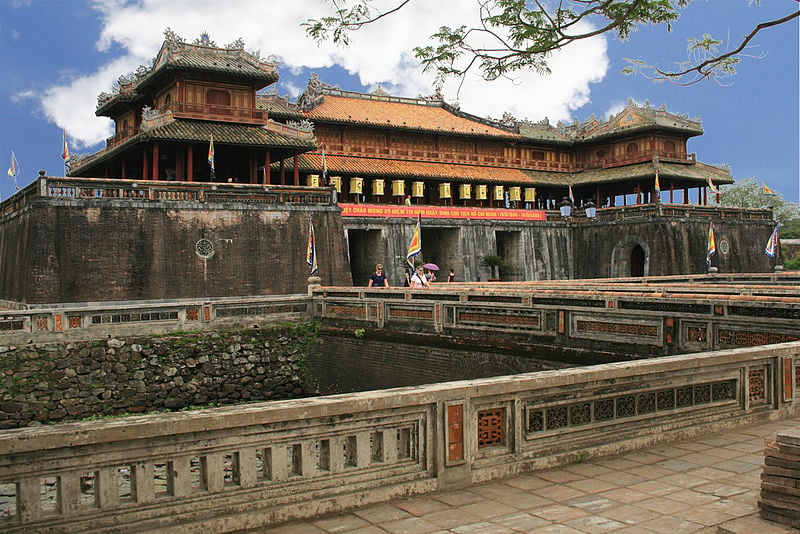

![[Photo] Party Committees of Central Party agencies summarize the implementation of Resolution No. 18-NQ/TW and the direction of the Party Congress](https://vphoto.vietnam.vn/thumb/1200x675/vietnam/resource/IMAGE/2025/10/27/1761545645968_ndo_br_1-jpg.webp)


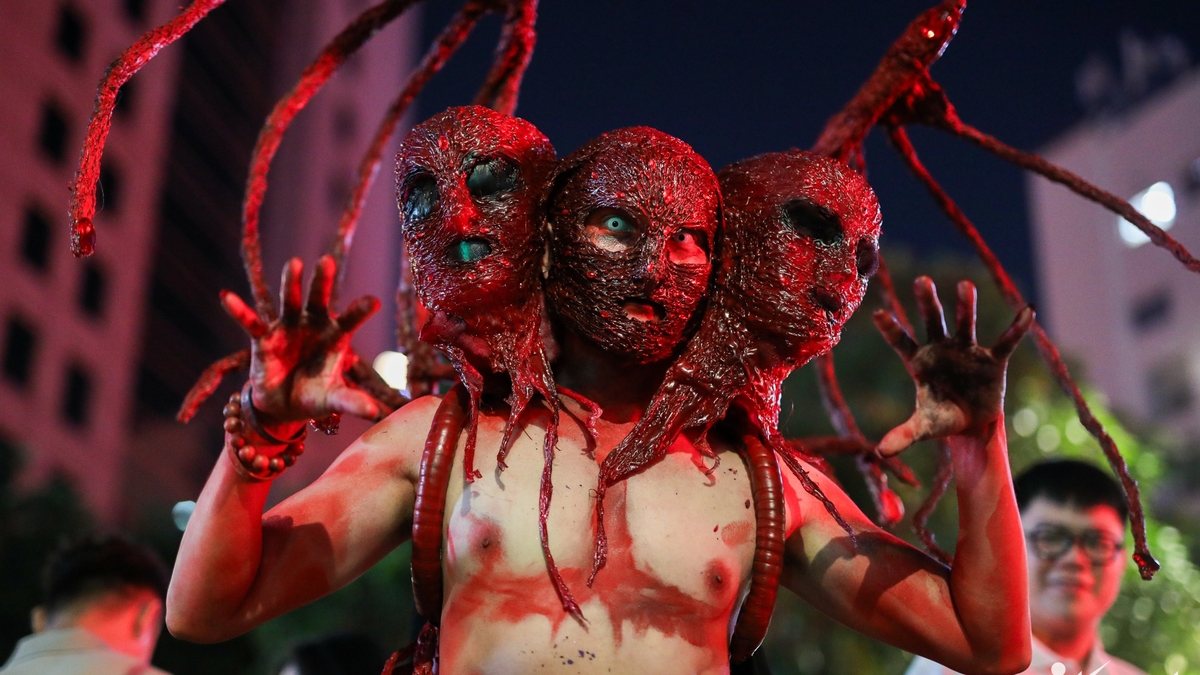
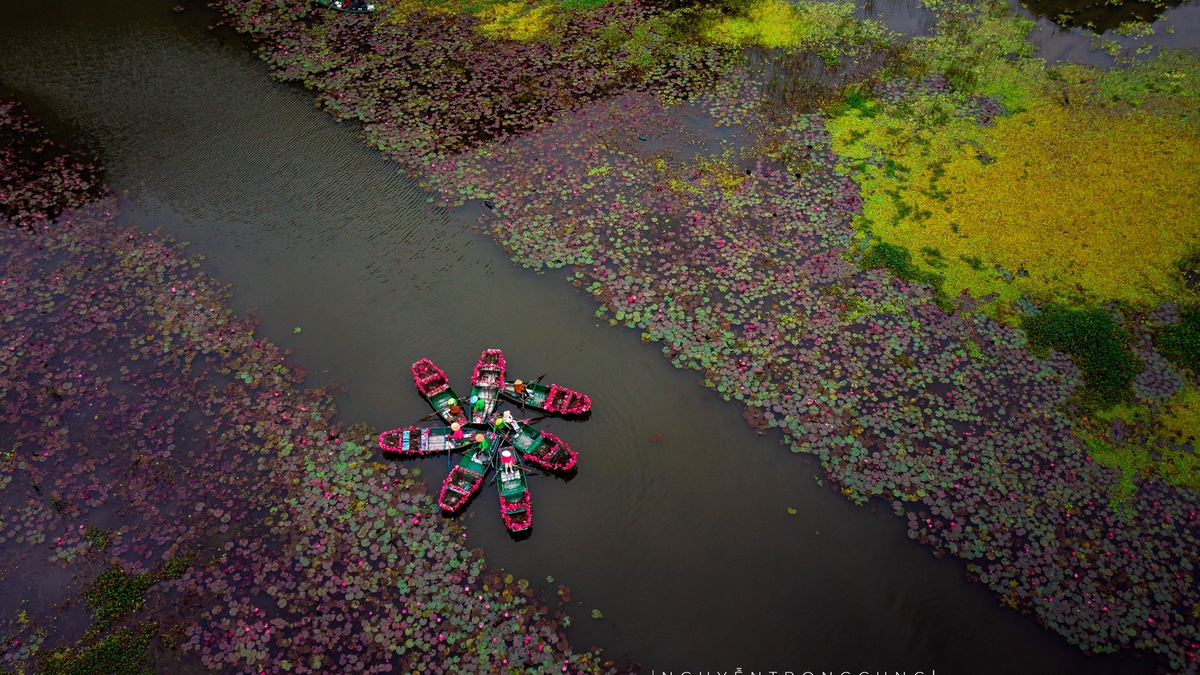













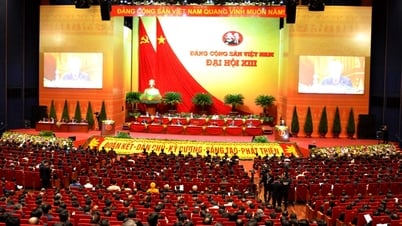






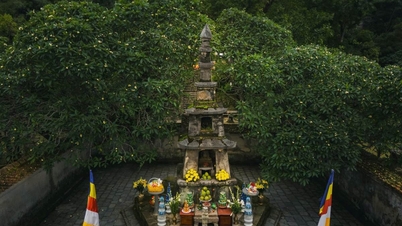

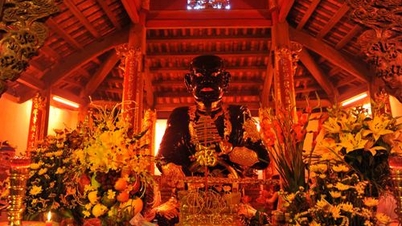

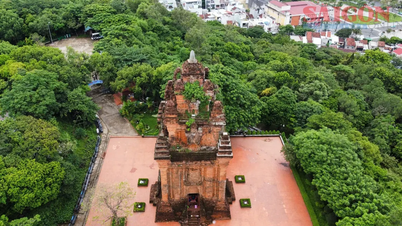





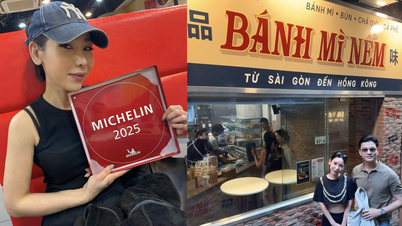






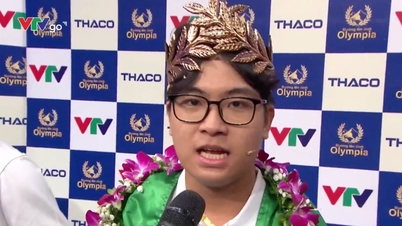






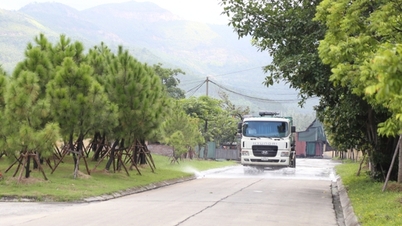


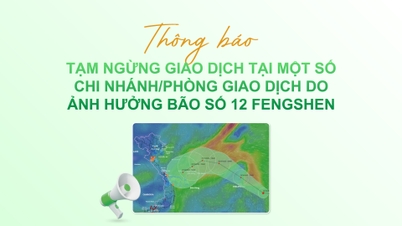




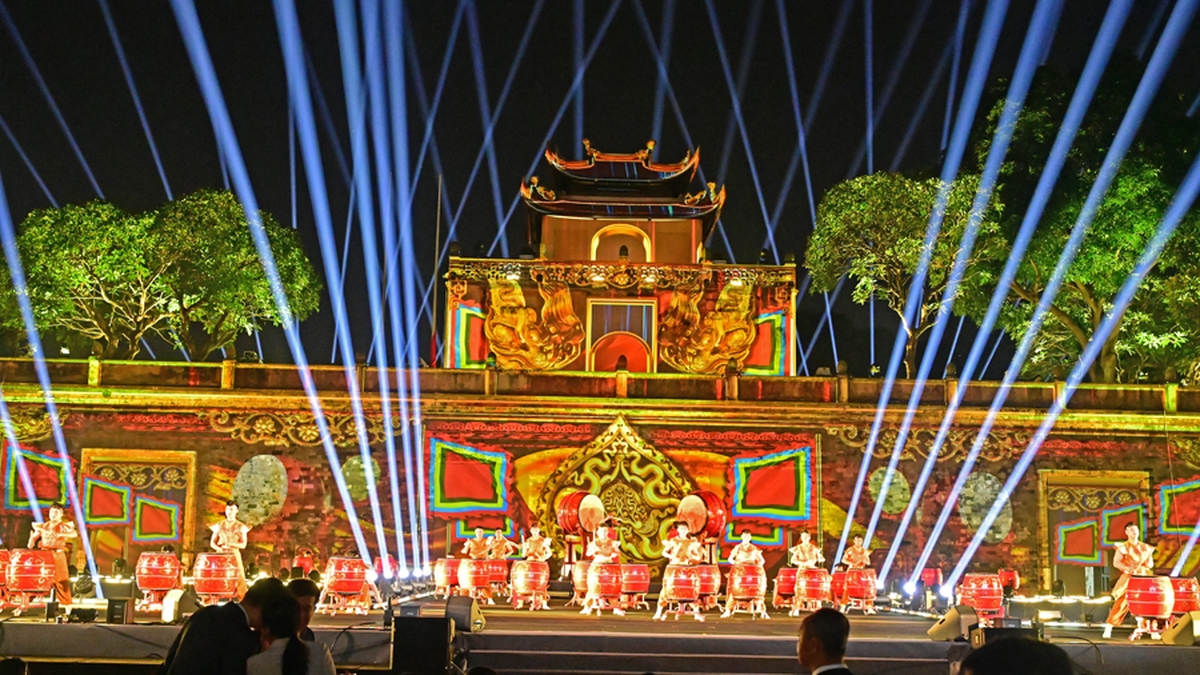
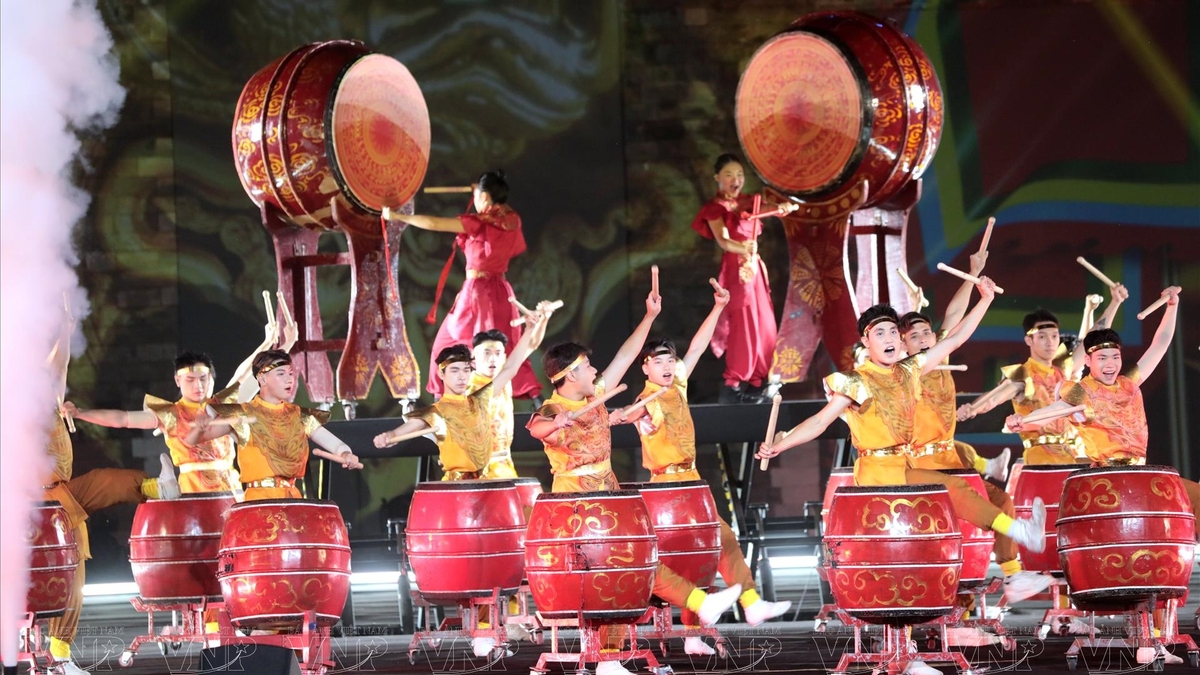
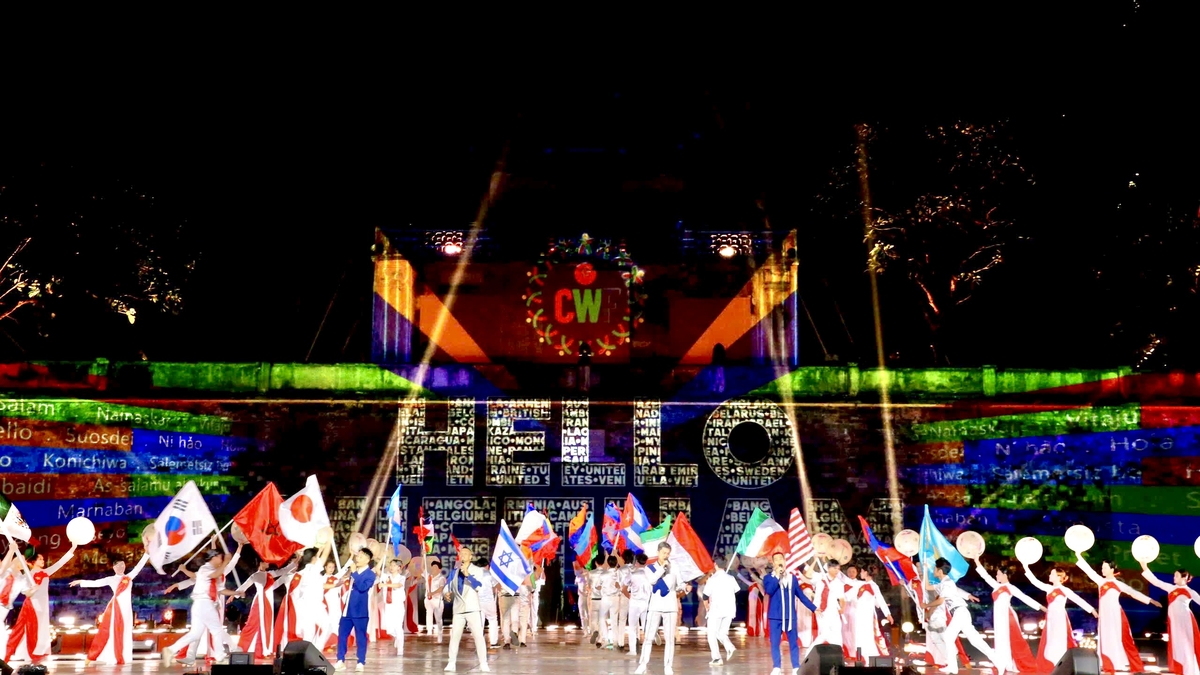

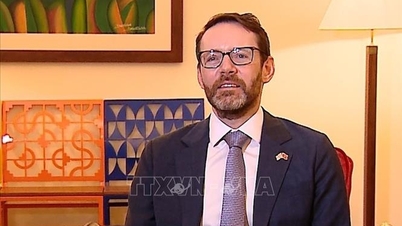


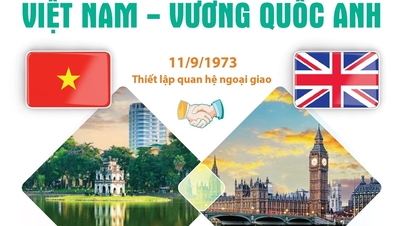

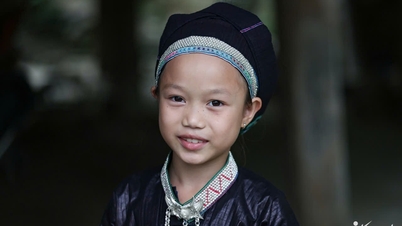
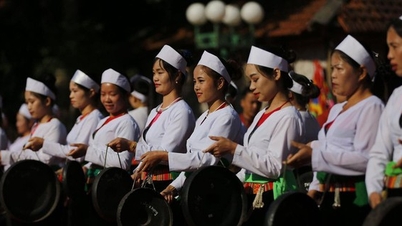




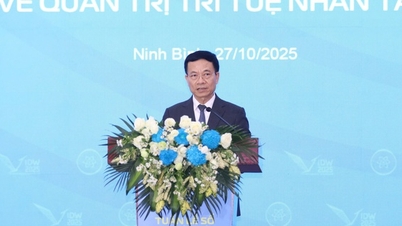





















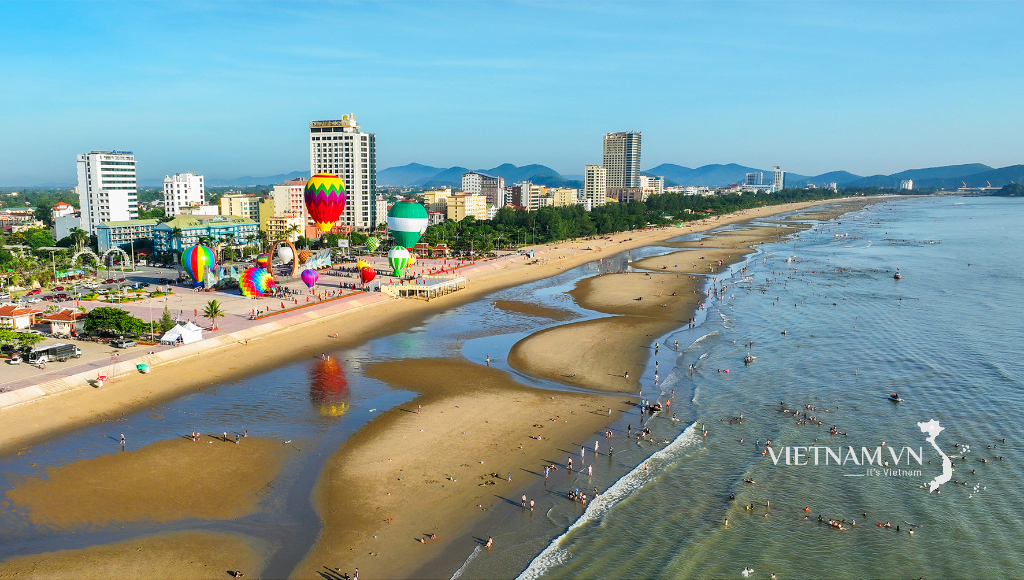

Comment (0)